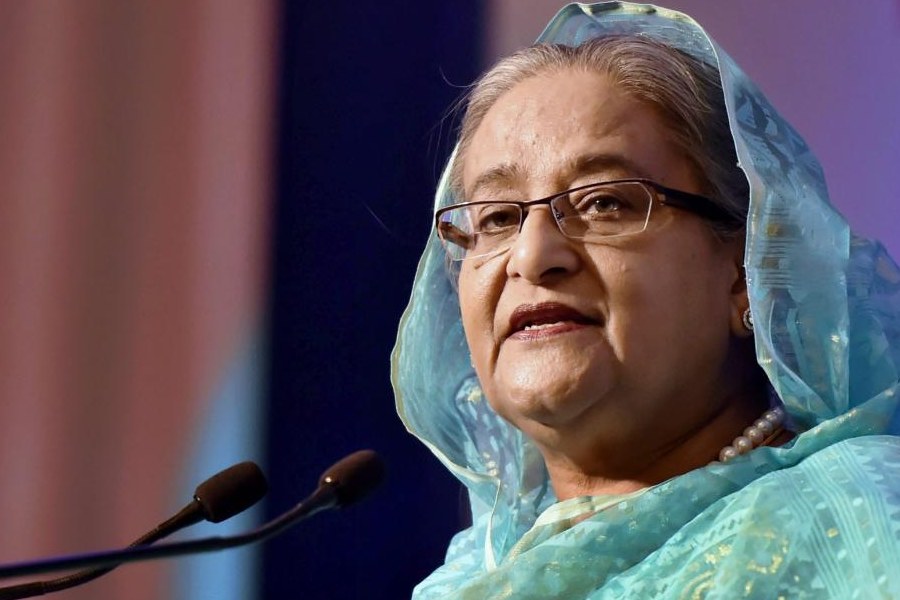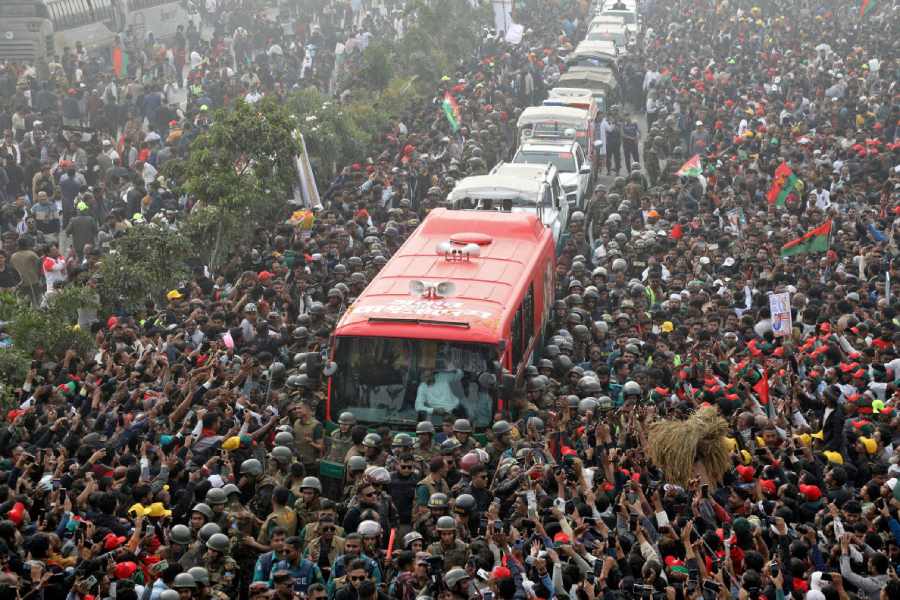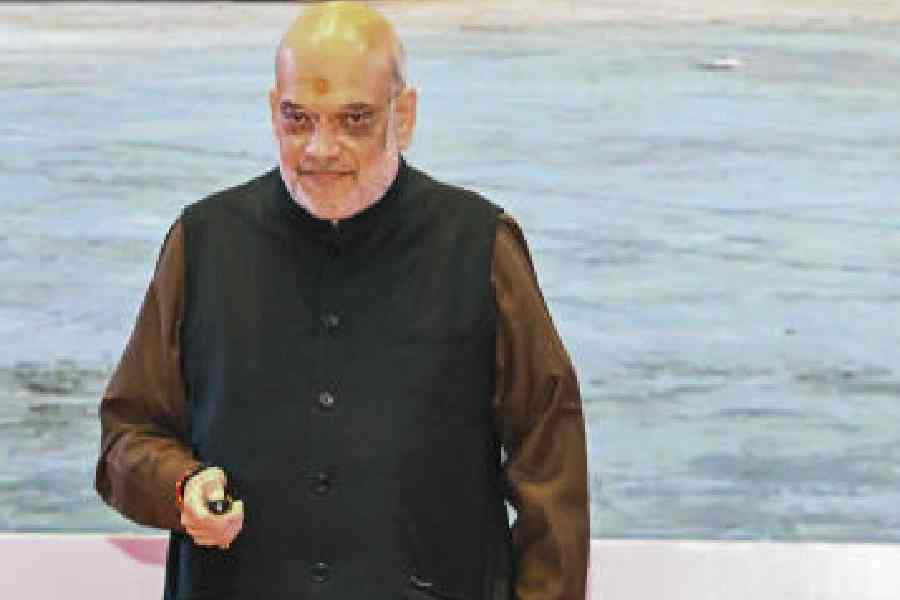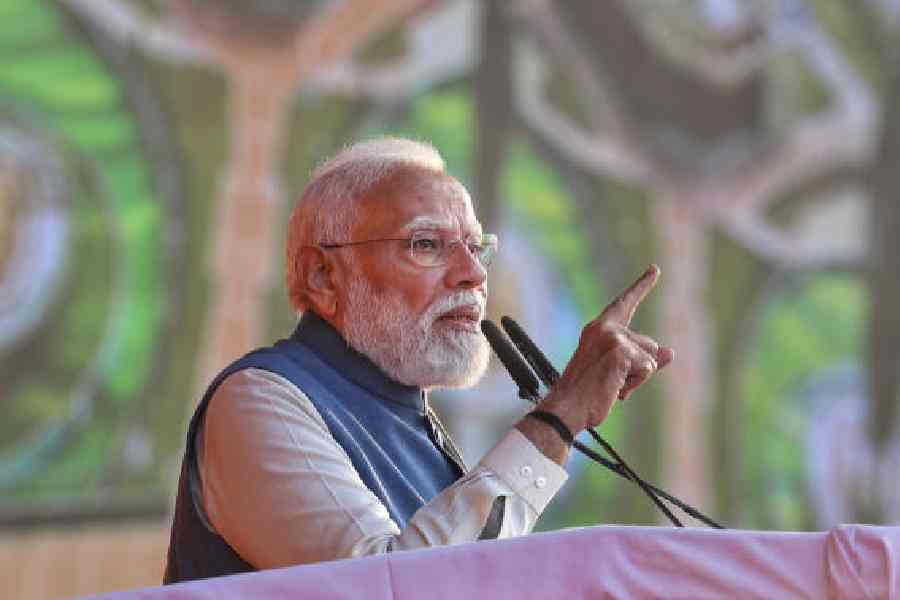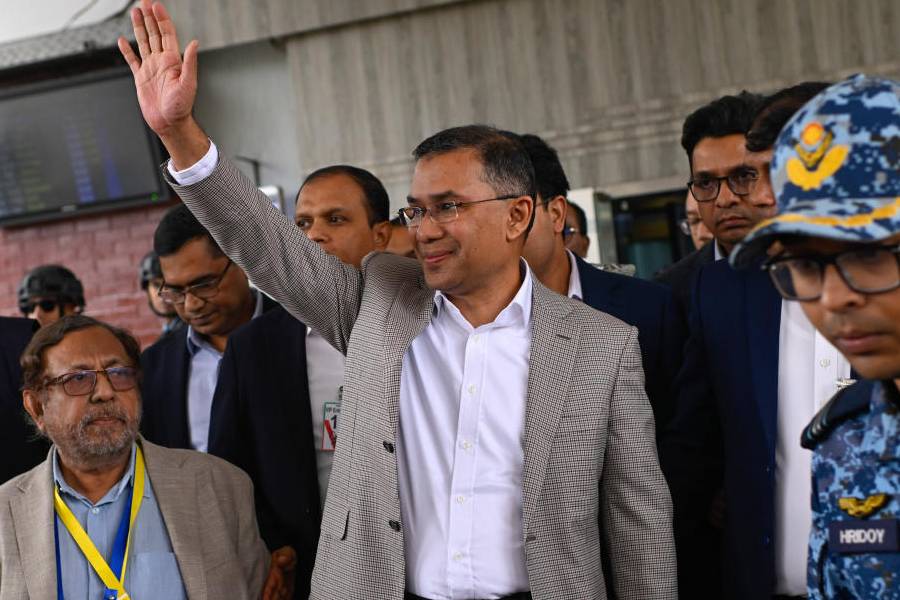 |
| A slum rubs shoulders with Mumbai’s highrises. Picture by Gajanan Dudhalkar |
Mumbai, Aug. 23: It is the latest travel fad for westerners looking for a slice of India. Or, what still typifies its clichéd image in the developed world — exotica and poverty.
Welcome to “slum tourism”— the hottest draw for western tourists in search of India’s “squalor and misery”.
Tucked in a by-lane off Mumbai’s Colaba Causeway, the popular haunt of foreigners looking to buy a piece of the “land of elephants and snake charmers” from roadside hawkers, is the prime facilitator of slum-tours: Reality Tours and Travels.
It is a unique business venture to sell Mumbai’s pride and shame: Dharavi, Asia’s biggest slum.
And all in the name of a few hours’ feel of the “great Indian reality”— the urban underbelly.
“It is a big draw for westerners who want to see the ‘real India’,” says the travel portal’s CEO and partner Chris Way, a British national who made Mumbai his home four years back, “because this is where the money is”.
Way and his Indian partner Krishna Pujari operate out of a 4-foot-by-10-foot office that they share with a host of other business ventures on the first floor of a dingy building called Akbar House.
A long tour of about four and a half hours will cost Rs 2,400 by an air-conditioned car from a given pick-up point.
“But since cars cannot go inside Dharavi, we tell the tourists to be prepared for a long walk. We provide a guide, of course. It comes with the package,” says Pujari, who is also the tour planner. “Bookings can be made over the Net and payments can be made on arrival.”
The more adventurous tourists take the local train; it saves on cost.
The tour is a challenge — emotionally and physically — more so for an Indian in the company of thrill-seeking, camera-happy foreigners.
Children sit sifting through garbage piles. Through the open sewers, rotting garbage and musty alleys lined with shanties crammed against each other, waft strains of dialogues from popular afternoon telly soaps — almost every house here has cable television.
Delicious aroma from tiny bakeries merges with the sweet smell of soap and incense-making units amid the deafening noise from scrap metal warehouses.
“I chose Dharavi because it is a hub of extraordinary activity and rush. There is no time to rue over poverty here. It is not as if we are selling India’s poverty to the West. We donate a considerable part of our profits to NGOs working with slum children,” says Pujari.
Dharavi, in many ways, is a microcosm of what India could be, and all that is holding it back.
“Here in its fetid alleys, contract killers are available for as little as a thousand rupees. Yet, this place, with its subhuman living conditions generates an annual turnover of 700 million dollars,” announces Pujari to the wide-eyed foreigners as he guides them over the fly-infested open gutters.
Amy Rainfield and her partner Harold Guthrie, who just finished a four-hour walk, say the tour is not for the squeamish.
“It was nothing like we had ever seen before. We were keen to do the trip ever since we read the best-selling novel Shantaram,” they say.
The novel, by former convict Gregory David Roberts, who lived for a while in Dharavi, seems to be the single largest influence driving the westerners seeking tours of Dharavi.
“That the novel is on its way to become a Hollywood flick starring Johnny Depp helps,” says Way.
A part-qualified chartered accountant, Way first came to Mumbai in November 2002 to work in a school for slum children. He says he developed the idea of “slum tourism” in Mumbai while in Rio de Janeiro.
“Back in Rio, walking tours of favelas is very popular with tourists,” he says.
Brazil’s favelas or shantytowns are primarily located on the hills of Rio.


